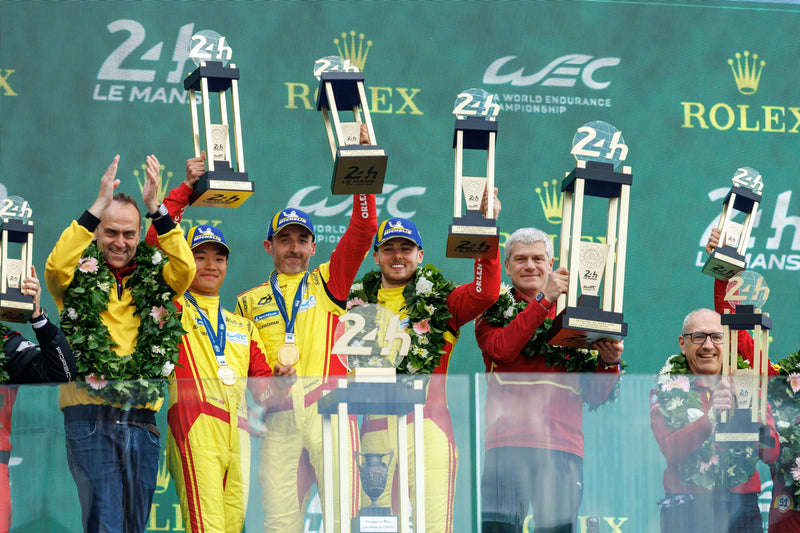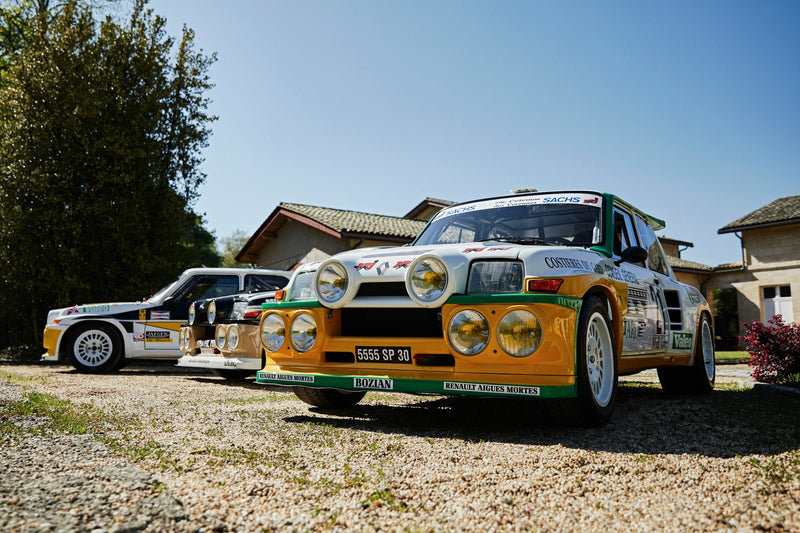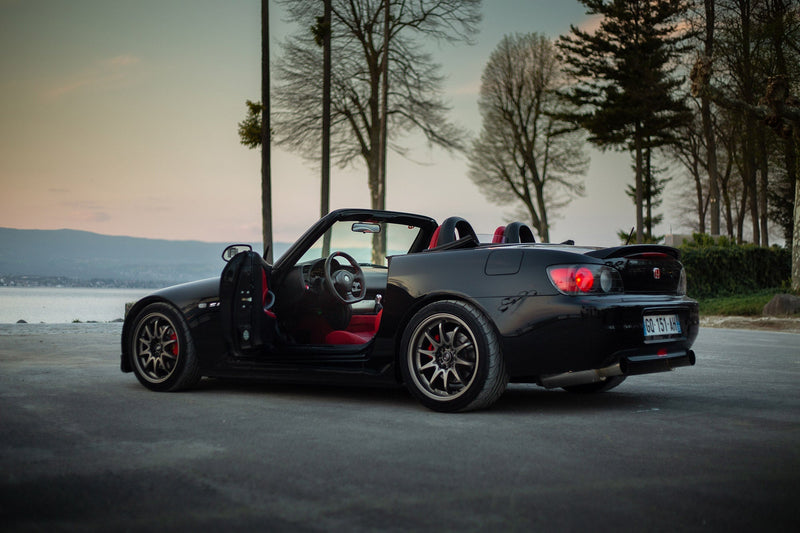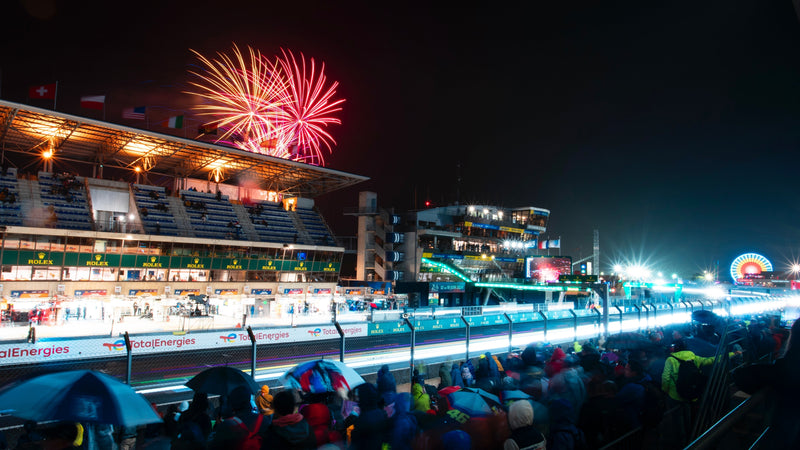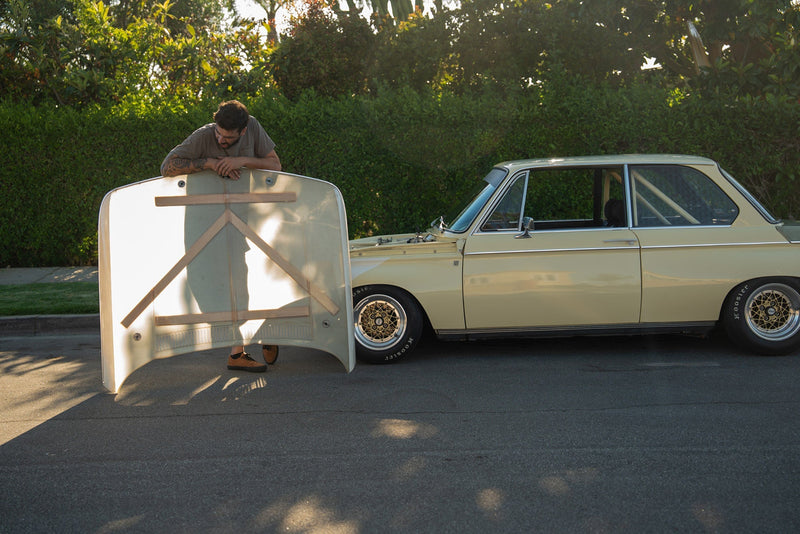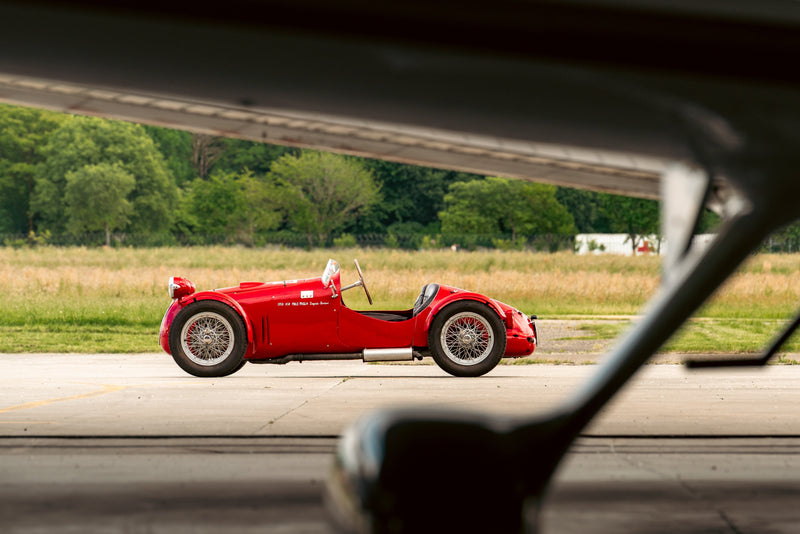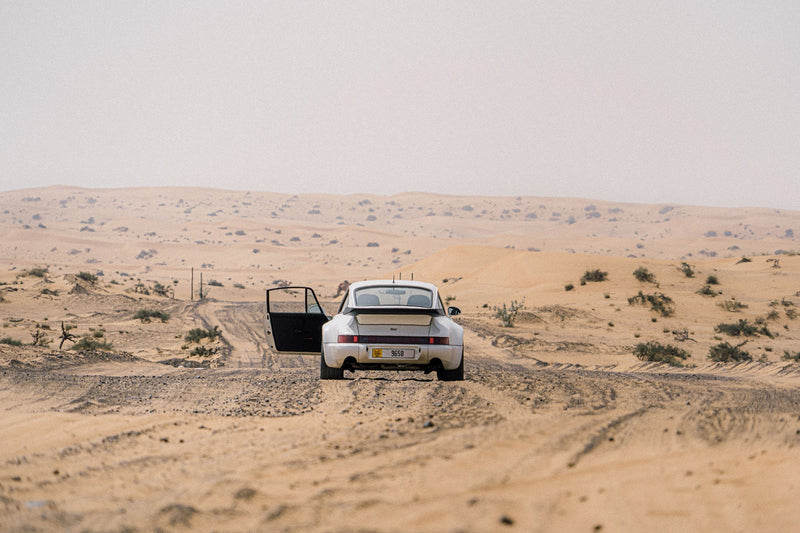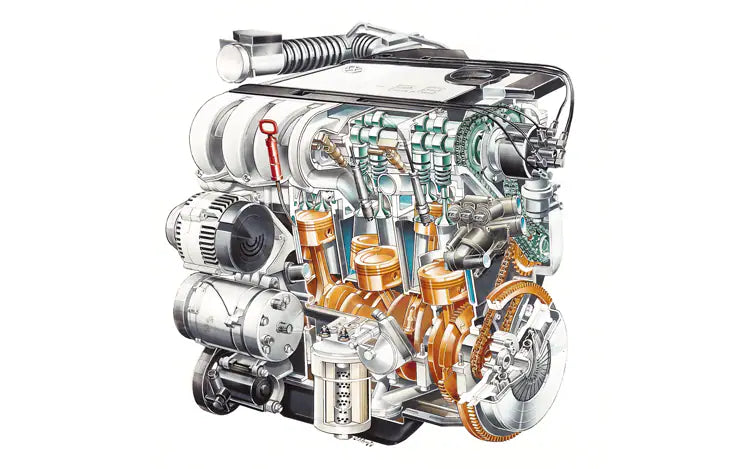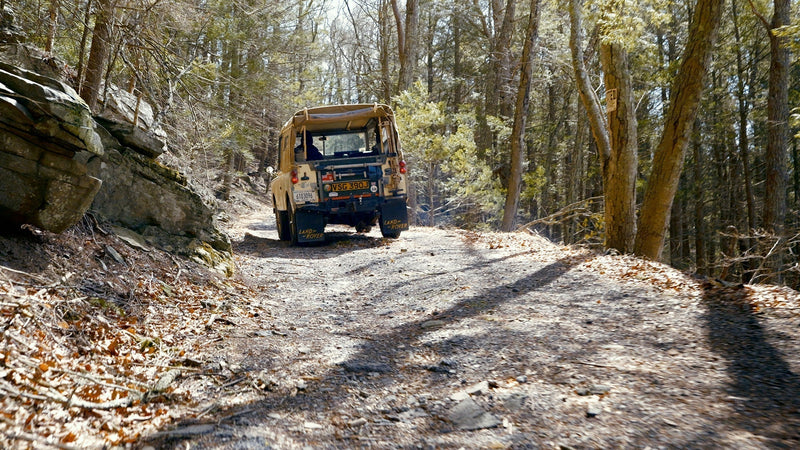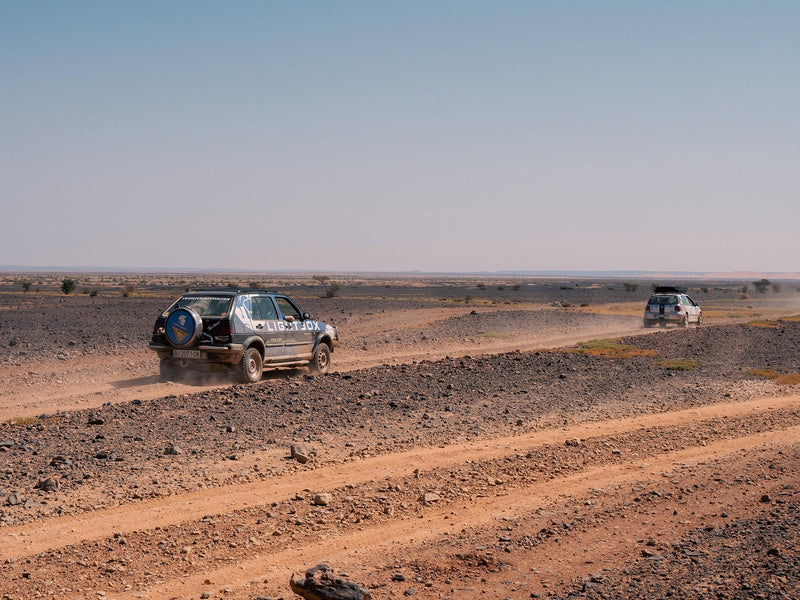On 2 June 1970, Bruce McLaren was testing at the Goodwood Motor Circuit when the bodywork on his M8D Can-Am car worked itself loose, hurling the car off-track at speed into a marshal’s post. The McLaren team founder would succumb to his injuries shortly after at only 32 years old, leaving behind a wife, Patty, and their four-year old daughter, Amanda.
Today, Amanda McLaren pulled the silks from a life-sized bronze stature of the her father, which will sit alongside a collection of the British teams’ F1 and Can-Am Constructors’ championship-winning single seaters at the McLaren Technology Centre in Woking.






“It is an honour to mark the 50th anniversary of the death of Bruce McLaren by unveiling this wonderfully crafted statue to commemorate his life and achievements,” explains Amanda McLaren, who is also a company ambassador. “When my father died in June 1970 – just 12 years after coming to the UK from New Zealand – he had already done so much to realise his ambitions, but the best was still to come. McLaren’s accomplishments over more than 50 years inFormula 1 , the landmark victory at the 1995 24 Hours of Le Mans race and the supercars and hypercars designed, developed and built under the McLaren banner, all stand as his legacy.
“June 2 is always an emotional date for us and that’s particularly true this year. Having ‘Dad’ looking out over McLaren is incredibly moving and I know that he would have been so very proud of the achievements made in his name."





Though synonymous with the team that still bears his name more than half a century after its foundation as 'Bruce McLaren Motor Racing', motorsport was in Bruce Leslie McLaren’s blood from a young age. Inspired by father Les (a keen racer on two wheels) and despite developing Perthes Disease that left him with limited mobility in his hip, McLaren’s first competitive outing came at only 15 years old at the wheel of an Austin Ulster on a local hill climb.
With the help of his ‘god father’Sir Jack Brabham , the future three-time Formula 1 World Champion alongside whomMcLaren would compete in 1959, McLaren was selected to be the inaugural winner of the New Zealand Grand Prix Association ‘Driver to Europe’ scholarship in 1958. That year, driving for John Cooper’s eponymous team in Formula 2, McLaren caused a major stir by finishing 5th overall at the German Grand Prix, and on his first visit to the daunting Nürburgring, no less. One year later, he started his first full F1 season, replicating his German GP exploits with 5th at Monaco. By the end of the year, he became the youngest winner of a Formula 1 Grand Prix at the only United States Grand Prix to ever be held at Sebring, a record that remained unbeaten until Fernando Alonso’s triumph in Hungary in 2003.



Sadly, 2nd in the F1 standings, ironically to Brabham in 1960, would be the best McLaren could manage. Still, across a 104 F1 race career, McLaren would take a further three wins (six counting non-championship events), the last of which, at the 1968 Belgian Grand Prix, would re-insert McLaren back into the record books as he became the first driver to ever win a Grand Prix driving a car bearing his name. It would be the first of, to-date, 182 race wins for the McLaren dynasty, a behemoth that also boasts 12 Drivers’ and eight Constructors’ championships in F1.





Arguably though, McLaren’s greatest success as a driver came outsideF1 . In 1966, the Kiwi partnered with F1 legend Chris Amon to take the first of an eventual four consecutive wins24 Hours of Le Mans for the Ford GT40 (said race features quite heavily inFord v. Ferrari ). 29 years later, ‘McLaren’ would again finish on top at Le Mans courtesy of the Kokusai Kaihatsu Racing-entered F1 GTR.
In 1967, McLaren secured victory at the Sebring 12 Hours, again with the Ford GT40, and alongside Mr Motorsport himself, Mario Andretti. Aboard a Cooper T70 in 1964, he also took three wins en-route to the inaugural Tasman Series, an Australasian championship dedicated to Formula cars.




Perhaps most significant though is McLaren’sCan-Am success. As a driver, Bruce took the 1967 championship aboard an eponymously-entered M6A, a successor to the first ever McLaren,the M1A , he’d debuted in 1964. He’d do so again two years later, now with the M8D, and his car would go on to define the early Can-Am years: between 1967 and 1971, ‘Bruce McLaren Motor Racing’ would win all but six races, dominating the title scene in the process.
Fittingly, in 1970, and just a few months after his team principal’s demise, Denny Hulme, a compatriot and the 1967 F1 World Champion, took a McLaren M8D to the Can-AM title. Today, this same M8D was ringed with 50 candles at Woking. One final tribute 50 years on.
*Images courtesy of McLaren Automotive, McLaren F1 and Ford Motor Company





